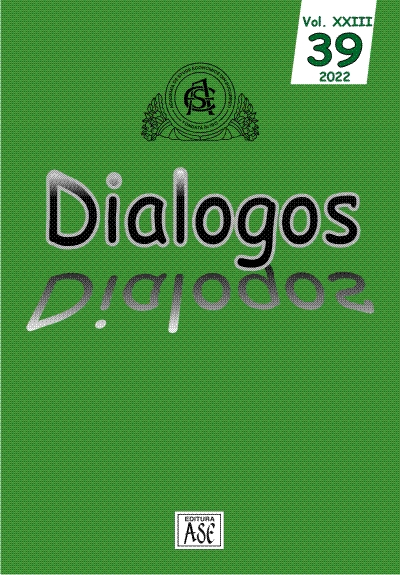Gothic Structures of Being in Emily Bronte’s ‘Wuthering Heights’
Gothic Structures of Being in Emily Bronte’s ‘Wuthering Heights’
Author(s): Diana PANAIT-IONCICĂSubject(s): Philosophy, Language and Literature Studies, Literary Texts
Published by: EDITURA ASE
Keywords: Gothic; Jungian interpretation; animus; anima; unconscious;
Summary/Abstract: The current study attempts to uncover Gothic structures of being in Emily Bronte’s novel ‘Wuthering Heights’. The Gothic could be seen as illustrating a comeback to the mystery of the Middle Ages. We see mystery as a search for the unknown, unconscious part of the being. According to Jung, our past is always underlying the structure of our being, lurking beneath the rational, conscious mind. It is a pivotal part of our spirit, as, ‘…Without these inferior levels, our spirit is left hanging in the air’ (Jung, 1997: 41). Jung states that there is a sort of primitive fear regarding the possible contents of the unconscious, a secret terror towards the ‘perils of the soul’ (Jung, 1997: 20). It is these ‘perils’ we are trying to shed light on in the current paper, in the hope of presenting a reading of the novel that will enrich its meaning and clarify some of the mythical patterns which form the basis of the story.
Journal: Dialogos
- Issue Year: 23/2022
- Issue No: 39
- Page Range: 196-204
- Page Count: 9
- Language: English

